A Rush Towards EVs Could Be A Parts-Sharing Charisma Whitewash
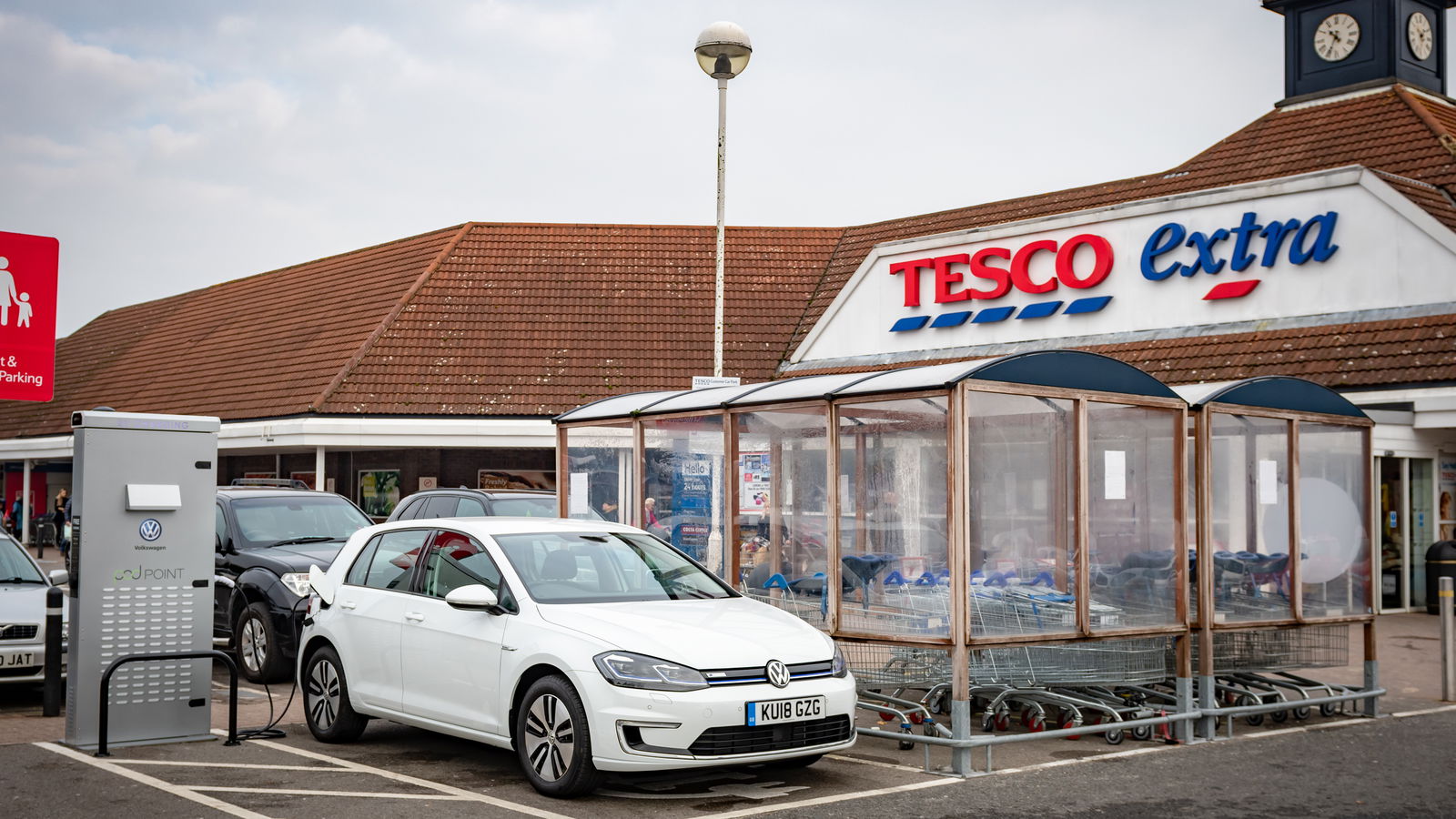
Even now, where parts-sharing is commonplace, the dynamic differences between related cars are small. Take the Volkswagen Golf and the Seat Leon, for example, or the Mercedes X-Class and Nissan Navara.
When two cars of similar – or identical – size and mass are fitted with the same engine and a near-facsimile of each other’s suspension, chassis and transmission mechanicals, the differences from the driving seat are minimal. A little more sound-deadening in the more expensive car, maybe, or just a fancier infotainment system to distract yourself with.
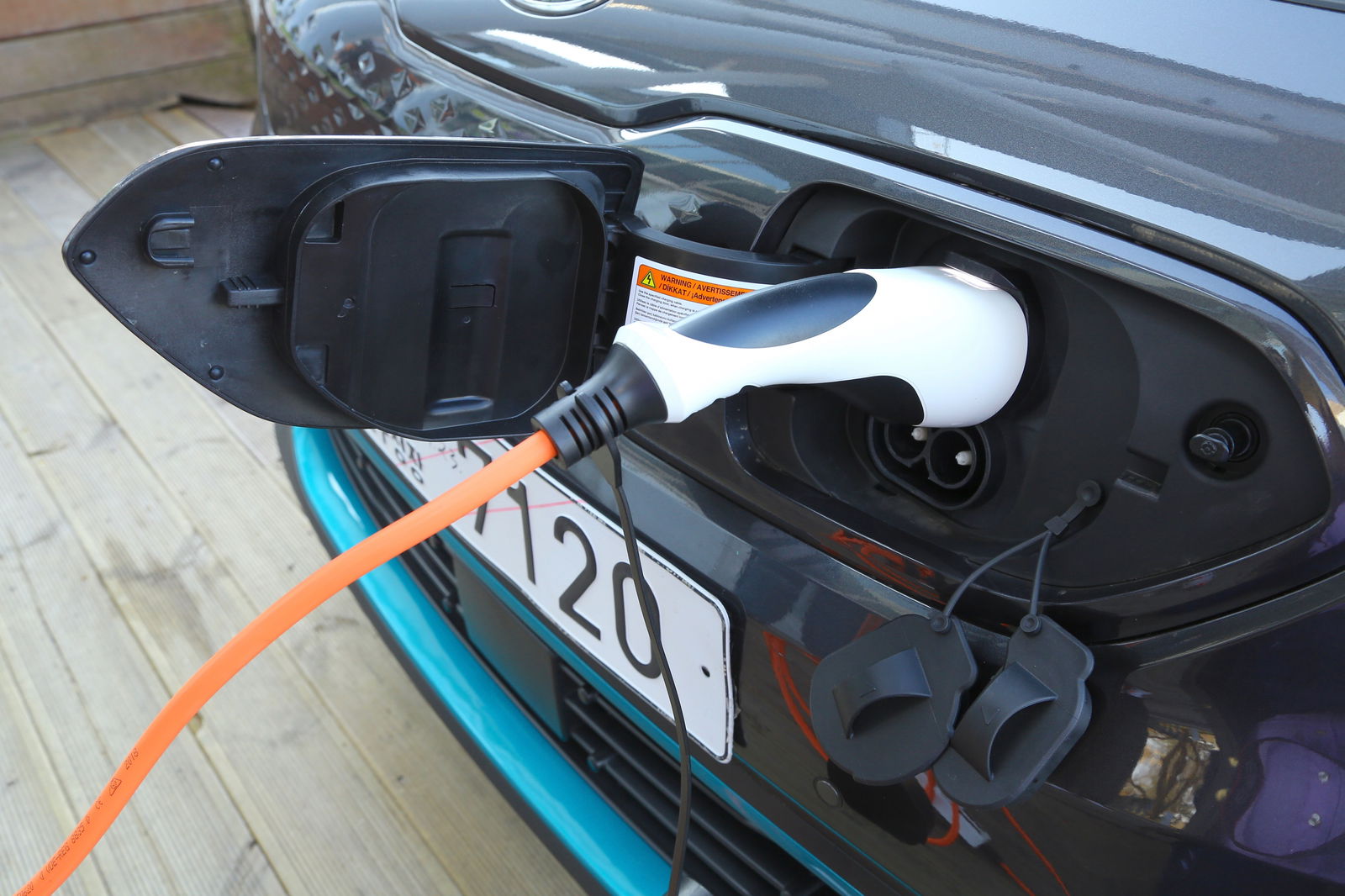
I can’t be the only car guy in the universe who thinks this is a bad thing. I want cars to be different; to have character in their drive rather than being photocopies with branded vajazzle. I want cars to drive differently to one another so that I can pick the one that really lights my candle, not just to be faced with four options that drive just the same as one another and for the decision to be down to the badge, or the price, or the standard equipment quota. That’s a soporific nightmare scenario.
When we move to electric power this is going to get much worse. It’s happening in a hurry as we were reminded earlier this week, when Volkswagen confirmed that its last petrol-based platform will be released as soon as 2026. After that, every new car it releases will be electric. When those last petrol cars die out in the early 2030s, that’s going to be it for VW internal combustion.
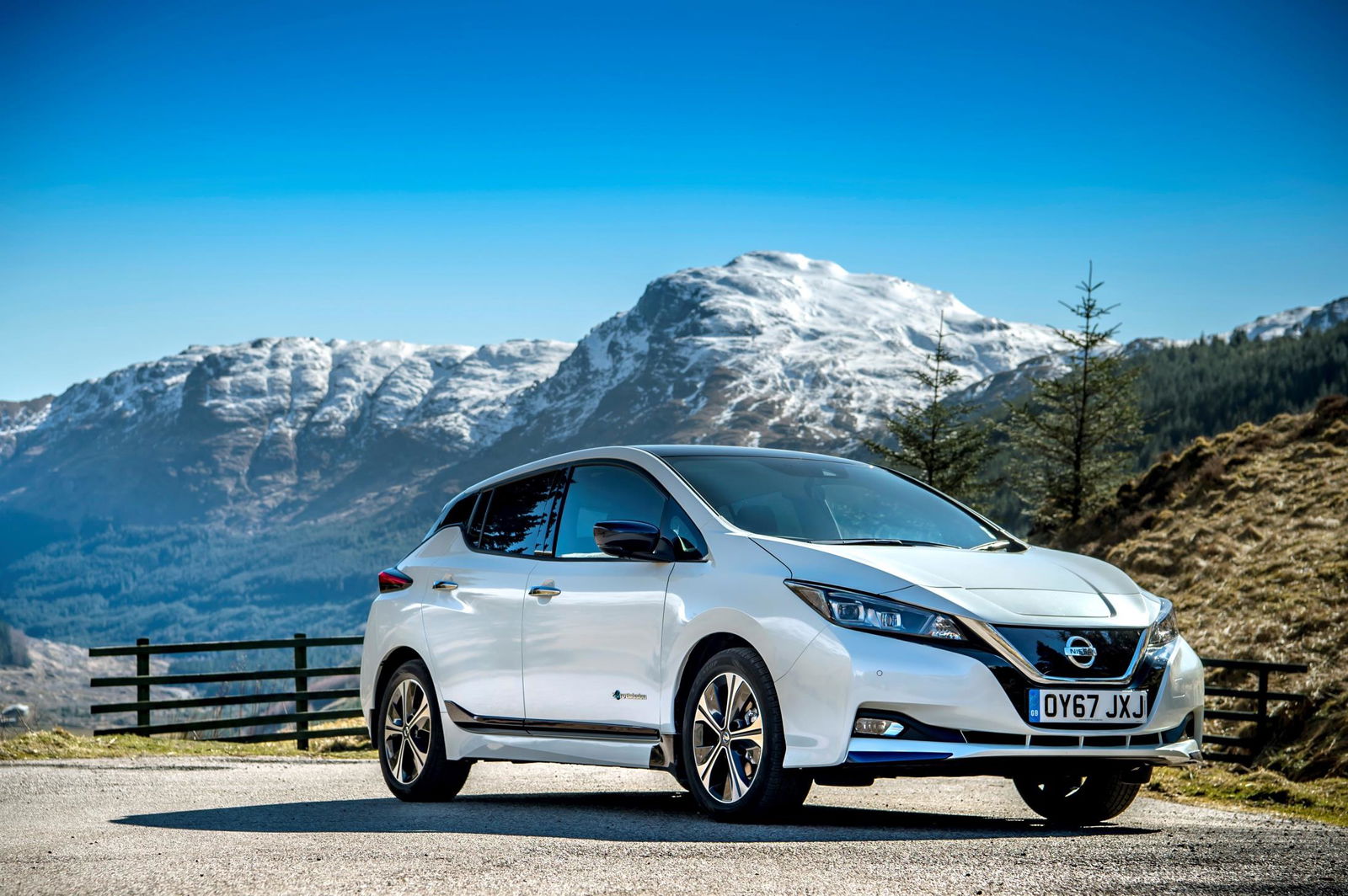
As car makers try to make all this financially viable, parts-sharing is going to get extreme. The same modular chassis will underpin the vast majority of a mainstream brand’s models. The same battery and motor setup will be slotted in. It’s likely that only states of tune and battery sizes will differ.
Anyone who’s ever driven more than one mainstream electric car will confirm that they all drive pretty much the same. If you were blindfolded you’d struggle to tell the difference between an e-Golf and a new Leaf. Both are pleasantly torquey, responsive and quiet (obviously). Both steer well, stop with that curious regenerative-then-mechanical braking sensation and can slow fairly smartly just with a lift of the throttle pedal. The real differences lie in the tech interfaces, driving positions and suspension tunes. Dynamically, there’s little to choose between them. And, in the future, what’s the point of a funky VW ‘beach buggy’ if it drives just like your neighbour’s Golf?
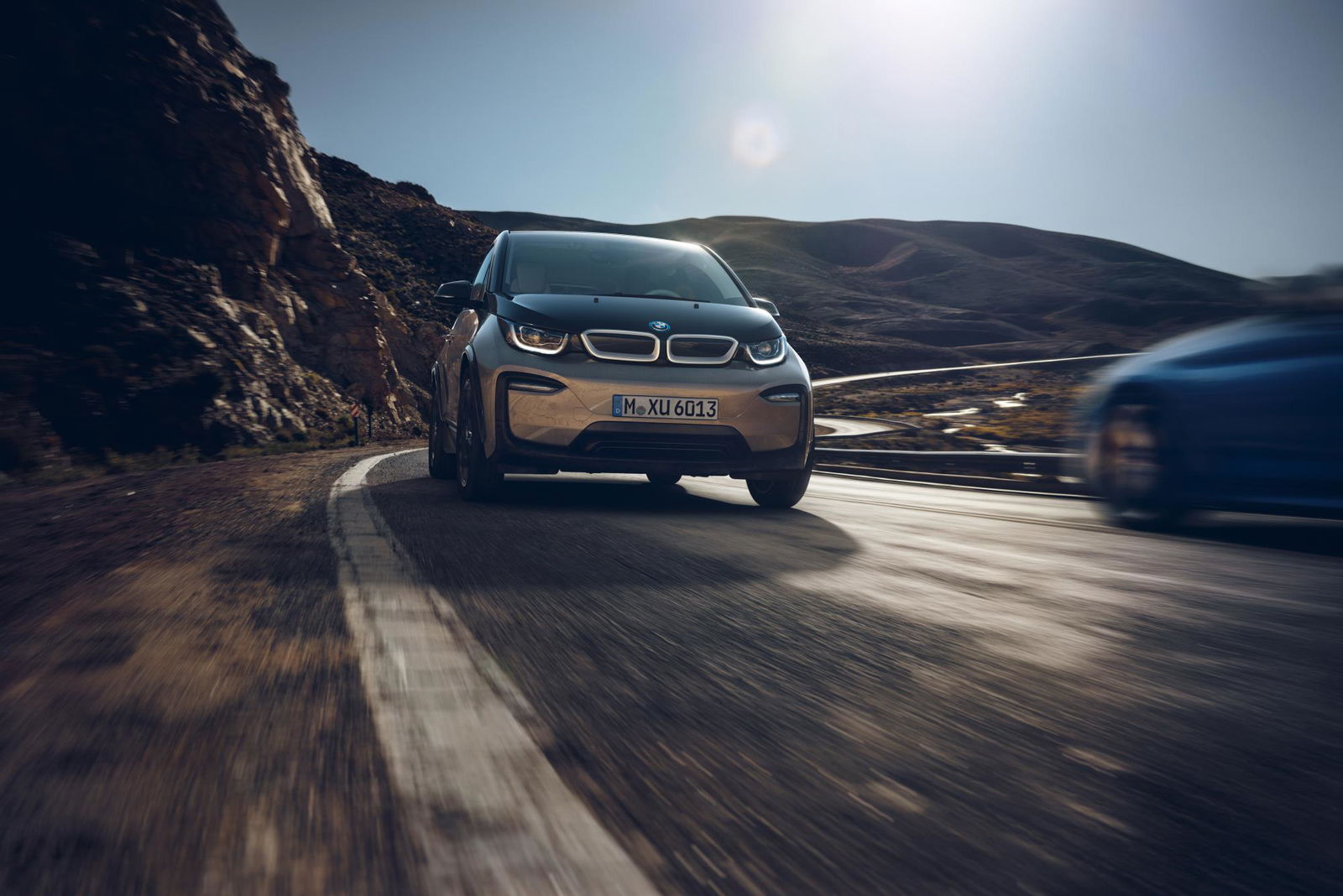
Are we okay with buying our future cars based on which screen graphics we like best, or which nose styling we find the least odd? Is it wrong to want more substance or something intangible in the experience that separates our car from the one next to it? Future PSA and VW Group compact SUVs (and there will be many) could be separated from the driver’s seat only by tiny differences in comfort, styling or boot size. Are we doomed to a car market where dynamic differences have to be faked with in-cabin noises or range-toasting overboost modes?
It would be a massive shame if that’s where we end up. We can only hope our favourite brands find convincing ways around what will otherwise be an electric charisma whitewash.
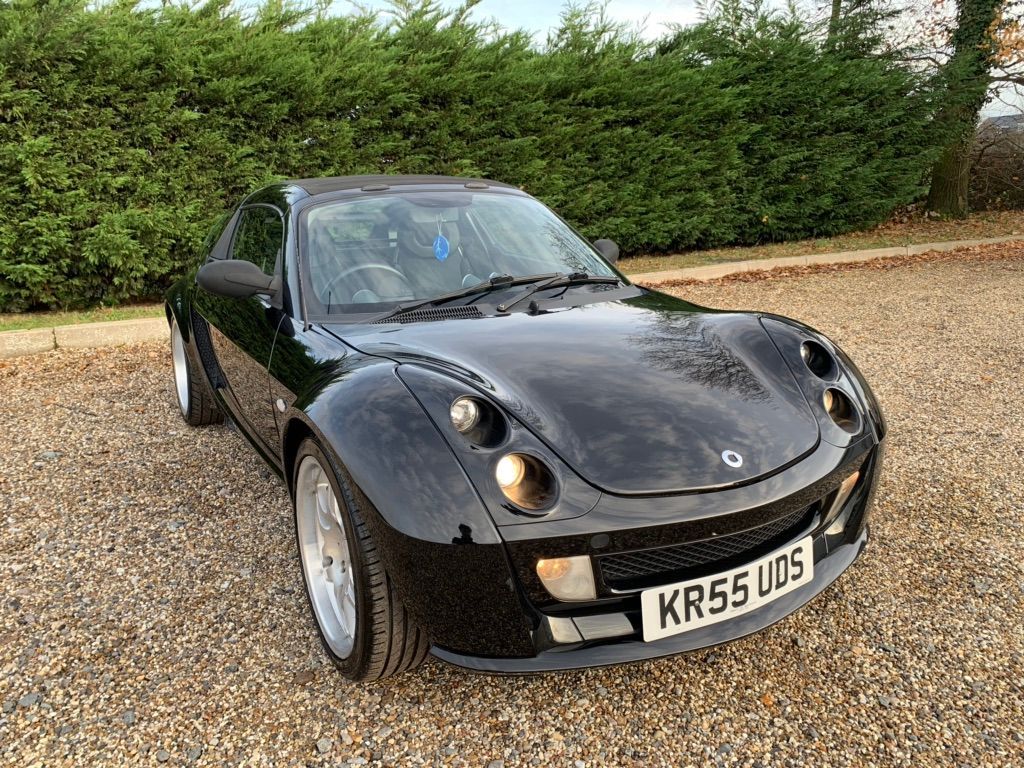
Comments
There’s a really big chance most normal cars will all feel the same dynamically but I just like to think that once the majority of investments go to electrics the engineers will be able to fine tune the chassis and drive train and come up with new solutions and ideas that will create fun and different driving experiences… there are a lot of car people working on those cars we just gotta hope they are given some freedom to create
the problem is air drag coeff. don’t give many possibilities for different shapes … but still at least they can offer different colors… now 80% of the cars are white, grey or black… this is it… what happened … we become colorblind or something?? i miss old days 30-40 years ago … with cars of any possible colors… green, red, brown… yes brown and of course blue… when you last saw a sky blue car?!?!
Platform sharing was already a thing with petrol based cars.
Plus the petrol engine offer was becoming thiner and thiner because of emission regulations.
I think the Tesla Model 3 is a good exemple of what we can expect for the future as you can choose between RWD and 4WD with different battery sizes.
I fear that cars will be aerodynamic blobs with little personality differences that are electric, CUV with automatic driving used predominantly by the generations that increasingly would rather be glued to their phones than enjoying the pleasure of driving.
This is likely the exact reason why Alphabet (or Google’s parent company) is heavily invested in self-driving tech because people would use their phones even more resulting in increased ad revenue and opportunities to harvest user data that can be sold to advertisers, Pretty soon people will give up on car ownership altogether and instead hail automated cars for a small fee, Car companies are pushing this so they can make continual money off of cars.
Sedans are already a dying breed with sports cars going next, Pretty soon it will be just CUV’s and the occasional truck with automated driving and a huge infotainment screen to keep you busy.
Car enthusiast will be regulated to a fringe group who can’t get with the times, Eventually we die out.
Either that or when flying cars arrive we will have the roads to ourselves beginning the start of a car enthusiast paradise.
I think a big part of it is that we’re close to the pinnacle of what we can do with the technology we already have.
Look underneath my ‘83 Mazda 929 - it has what looks like a modern suspension system with IRS and McPherson struts, rack and pinion steering (albeit non-power assisted), disc brakes all round, etc. Basically, a layout that is still used today.
So in 35 years, while cars have gained ABS, ESC, etc the basic design of the suspension+steering+brakes really hasn’t changed that much. This is more than enough time for all manufacturers to have near-perfected this system - hence, it doesn’t surprise me at all that many modern cars feel the same.
I can’t help but relate the fall of petrol and the rise of electricity to the 1950’s, when railroad companies began to stop using steam locomotives and made the switch to diesels. Longtime rail fans were heartbroken citing that diesels didn’t have the character of a steam locomotive but at the end of the day, the world must move on. Change is the only constant in life, and progress has to keep moving forward. However, just like how there are still dedicated individuals committed to preserving and operating steam trains around the world, there will always be people committed to preserving the history of gasoline and all it’s glory.
SUV winning the war is more catastrophically destructive than EV…
fight the SUV, not EV…
Pagination